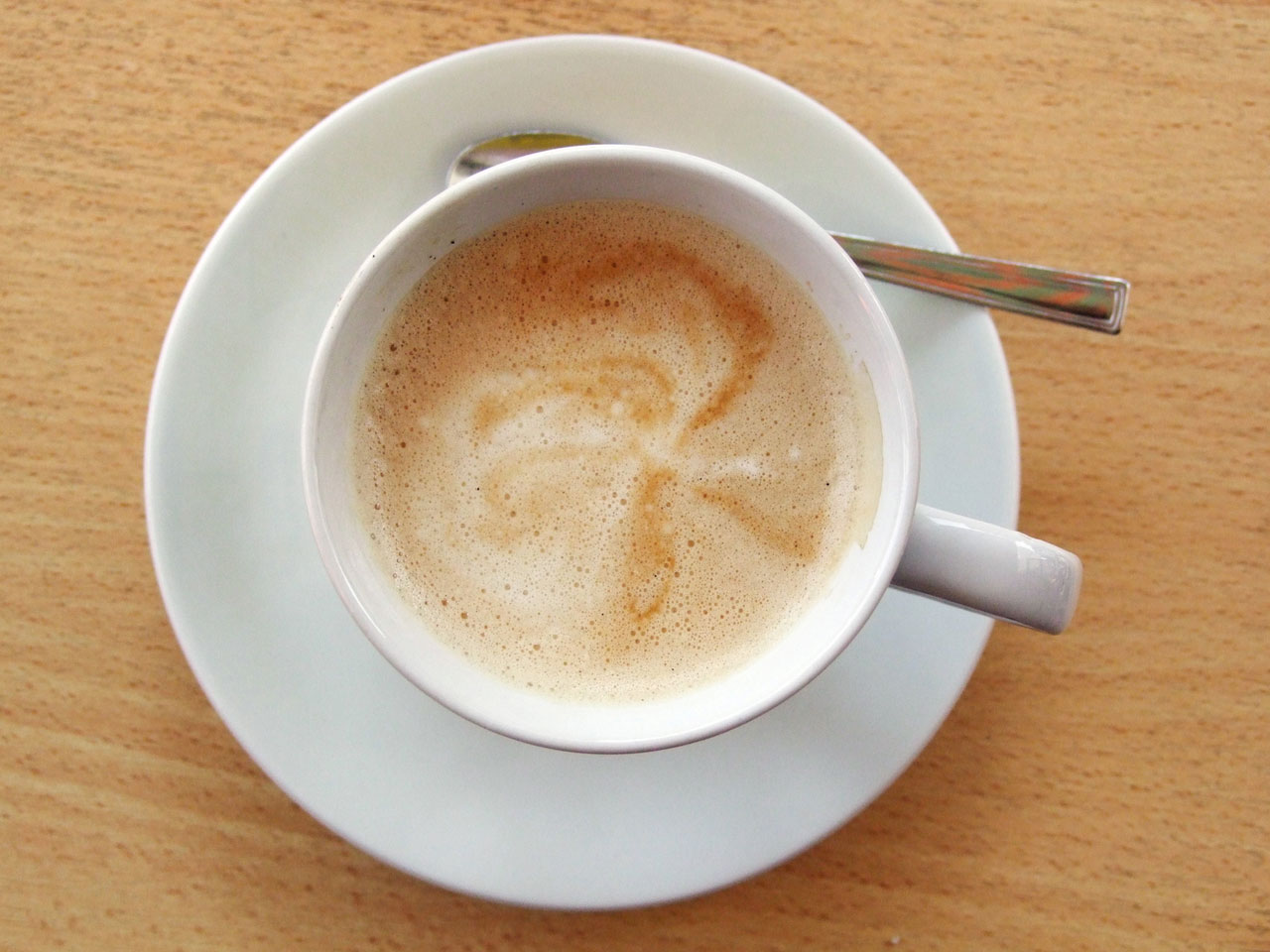
Cup Of Coffee Free Stock Photo Public Domain Pictures
Coffee is the biggest dietary source of caffeine. You can expect to get around 95 mg of caffeine from an average cup of coffee. However, this amount varies between different coffee drinks, and can.
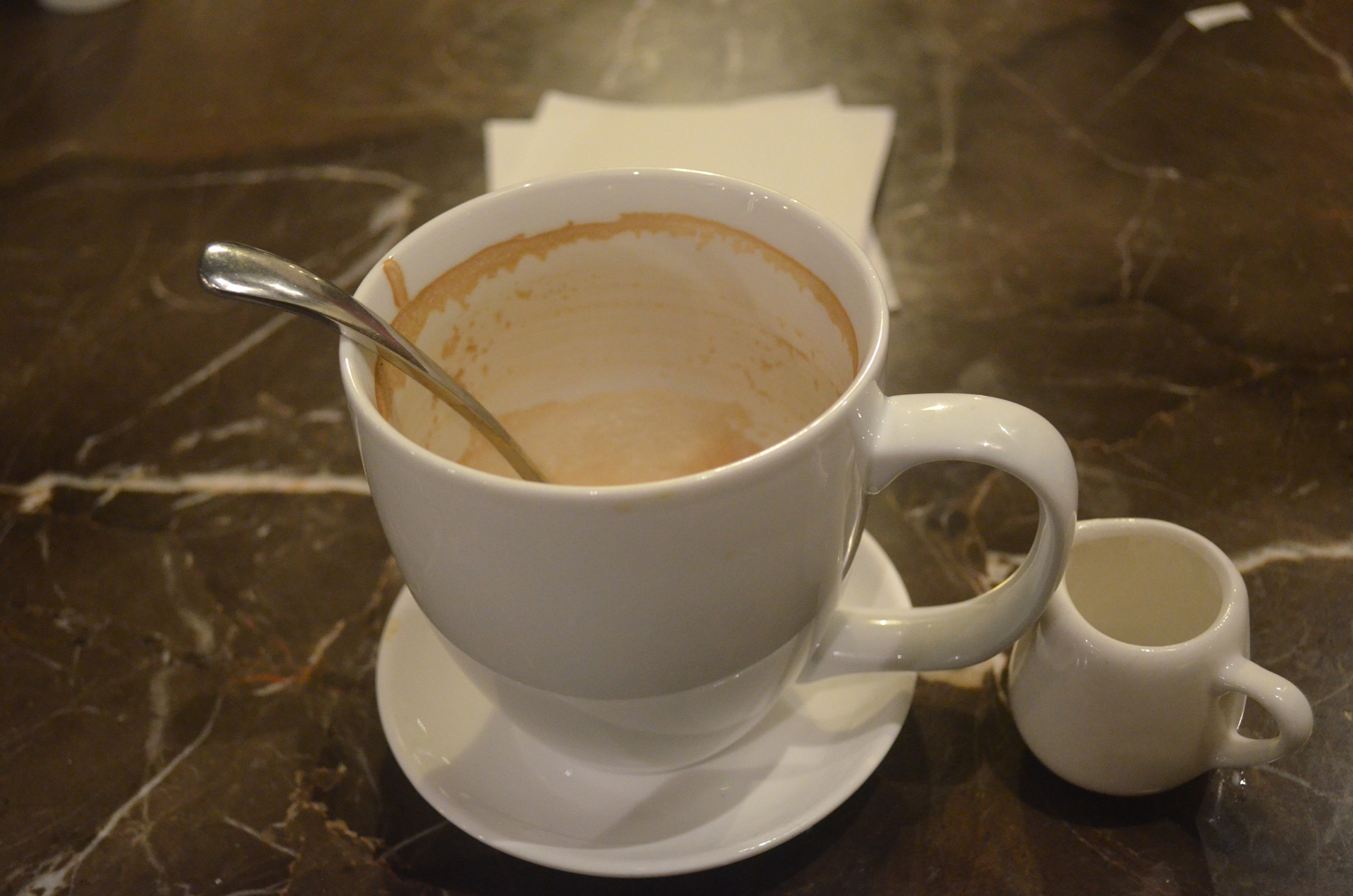
Coffee Cup Free Stock Photo Public Domain Pictures
To filter the coffee, use cheesecloth or a fine strainer. Enjoy, full strength or diluted, over ice. Drip Coffee: This traditional method is a popular and easy choice, with the most common recipe being 2 tablespoons of coffee grounds per cup of water. Don't buy one with a capacity over 9 cups, as a larger batch may cause your java to lose.
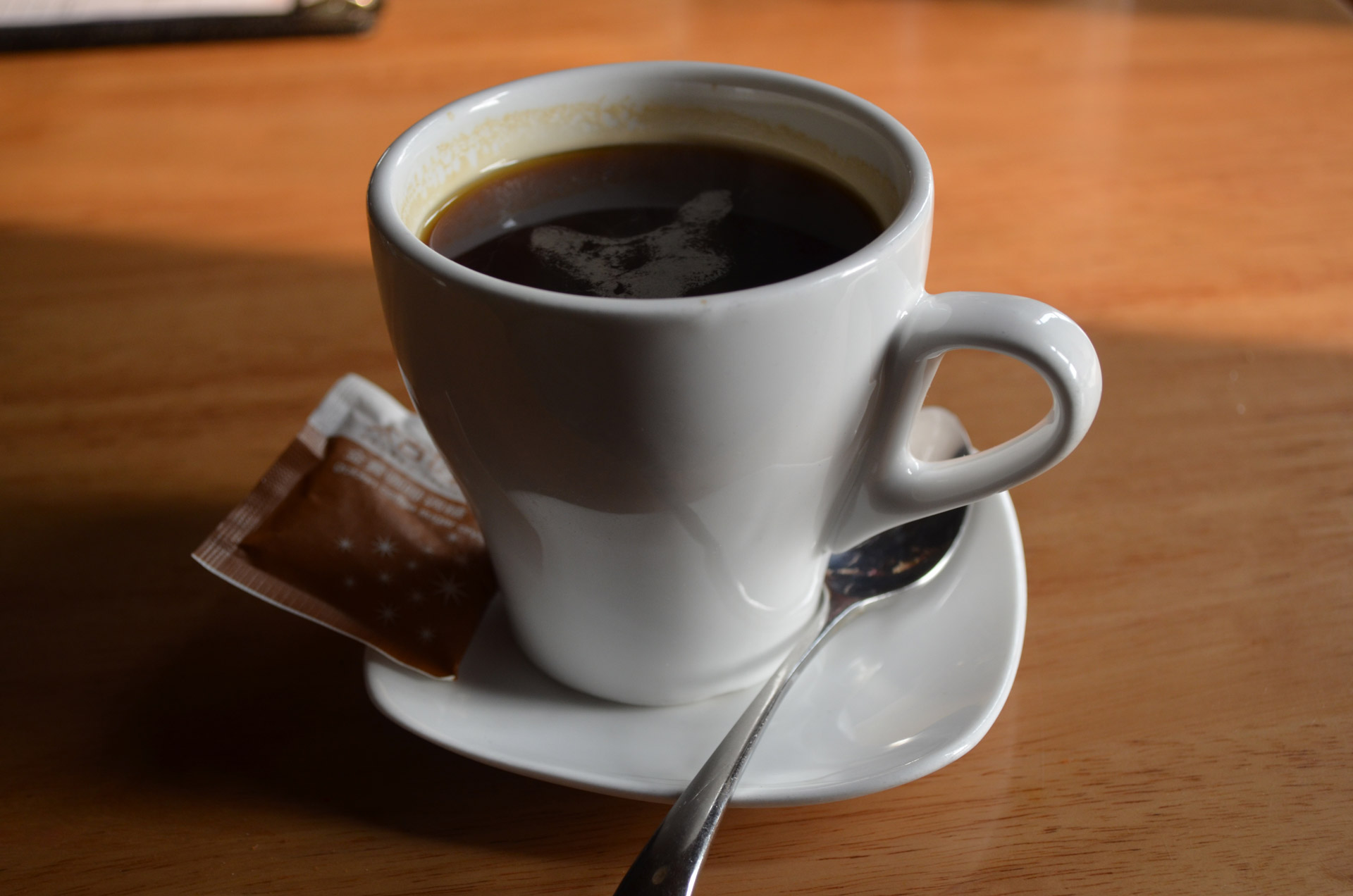
Coffee Cup Free Stock Photo Public Domain Pictures
Method: French Press. Time: 5 minutes. Flavor Rating: 7/10. I was on a daily French press kick for a while so the process was familiar. I added 42 grams of coffee, ground to the French press setting on my grinder, to the carafe. Then, I poured in water that was just below boiling, around 175°F.
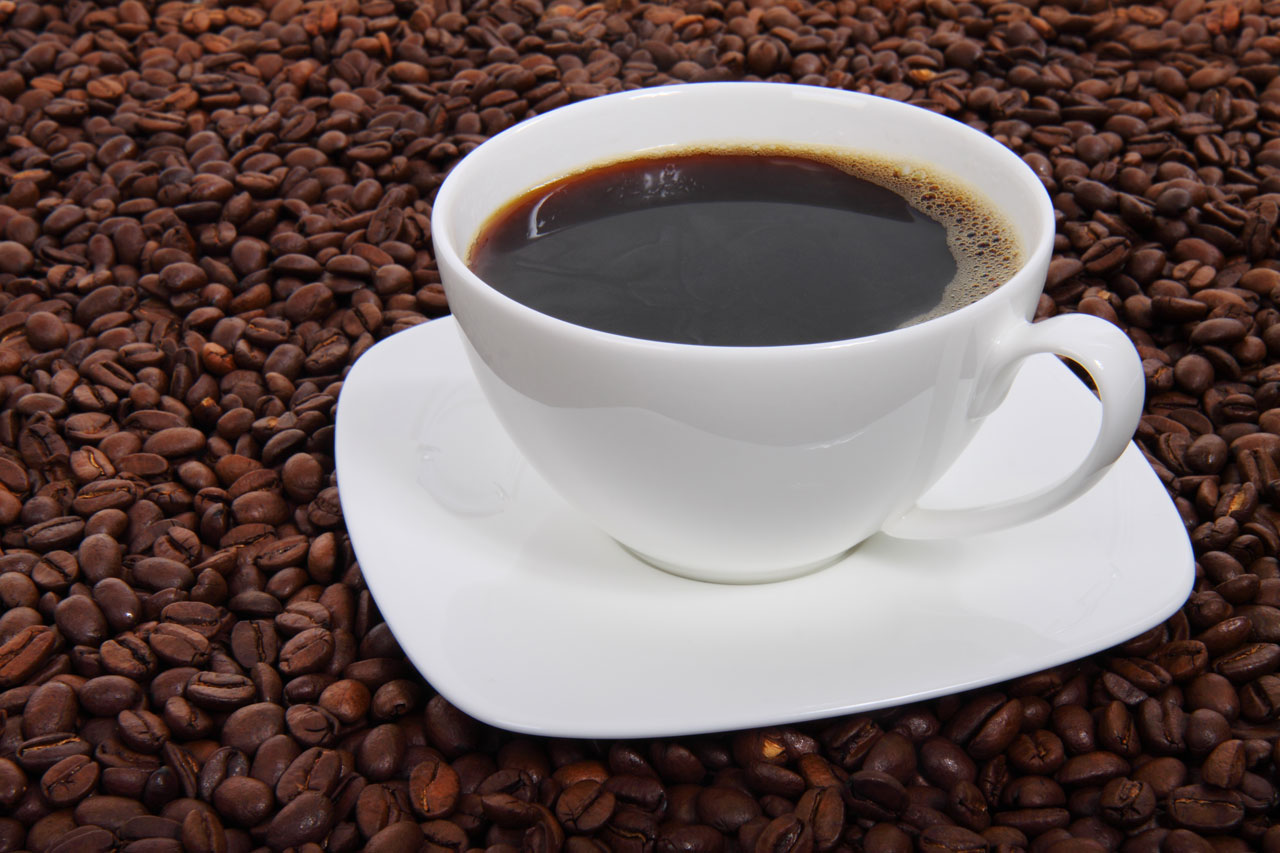
Cup Of Coffee Free Stock Photo Public Domain Pictures
Caffeine in powder or liquid form can provide toxic levels of caffeine, the U.S. Food and Drug Administration has cautioned. Just one teaspoon of powdered caffeine is equivalent to about 28 cups of coffee. Such high levels of caffeine can cause serious health problems and possibly death. Although caffeine use may be safe for adults, it's not a.

Moral Story A Carrot, An Egg and A Cup of Coffee Happy Dietitian
If you are making your coffee using a French Press, the contact time should be 2-4 minutes. Espresso has an especially brief brew time — the coffee is in contact with the water for only 20-30 seconds. Cold brew, on the other hand, should steep overnight (about 12 hours).
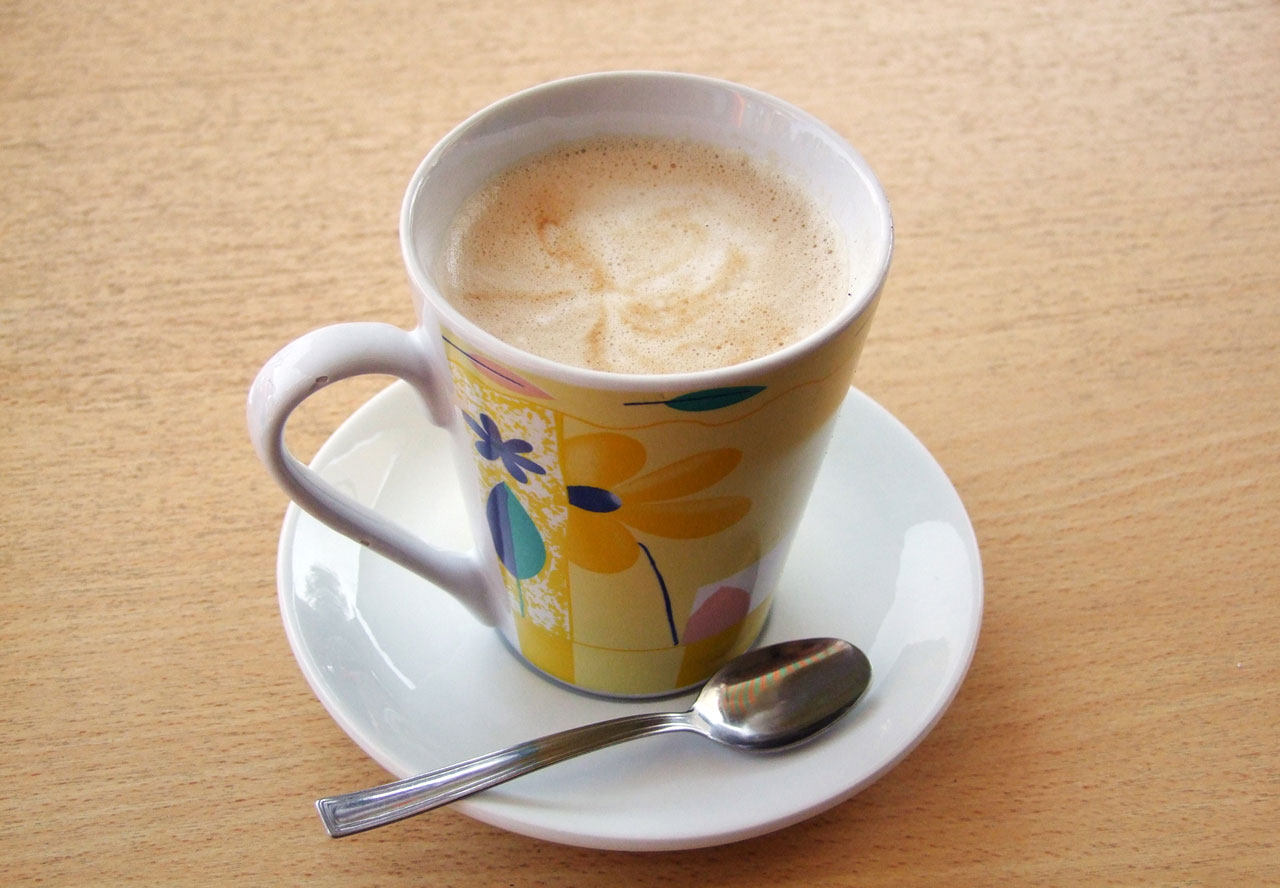
Cup Of Coffee Free Stock Photo Public Domain Pictures
Soak and stir. Let the grounds absorb the water for approximately 30 seconds before stirring - a few gentle motions using the back of a spoon around the top layer of the mixture and along the sides, to immerse any grounds that are stuck. Brew. Let the water extract from the grounds for 2 minutes and 30 seconds.
.jpg)
FileCup of coffee (1).jpg
Gently pour a small quantity of hot water onto the coffee grounds. You should immediately notice a bloom start to form as foam on top of the water in the press-pot. Let the bloom remain for 15-20 seconds, then stir it with your spoon. This is to ensure that all grinds in the bloom have complete contact with the water.
FileA small cup of coffee.JPG Wikipedia
Find out just how much of this stimulant is in coffee, tea, soda and energy drinks. If you're like most adults, caffeine is a part of your daily routine. But do you know the caffeine content of your favorite drinks? Up to 400 milligrams of caffeine a day is considered safe for most adults. However, people's sensitivity to caffeine varies.
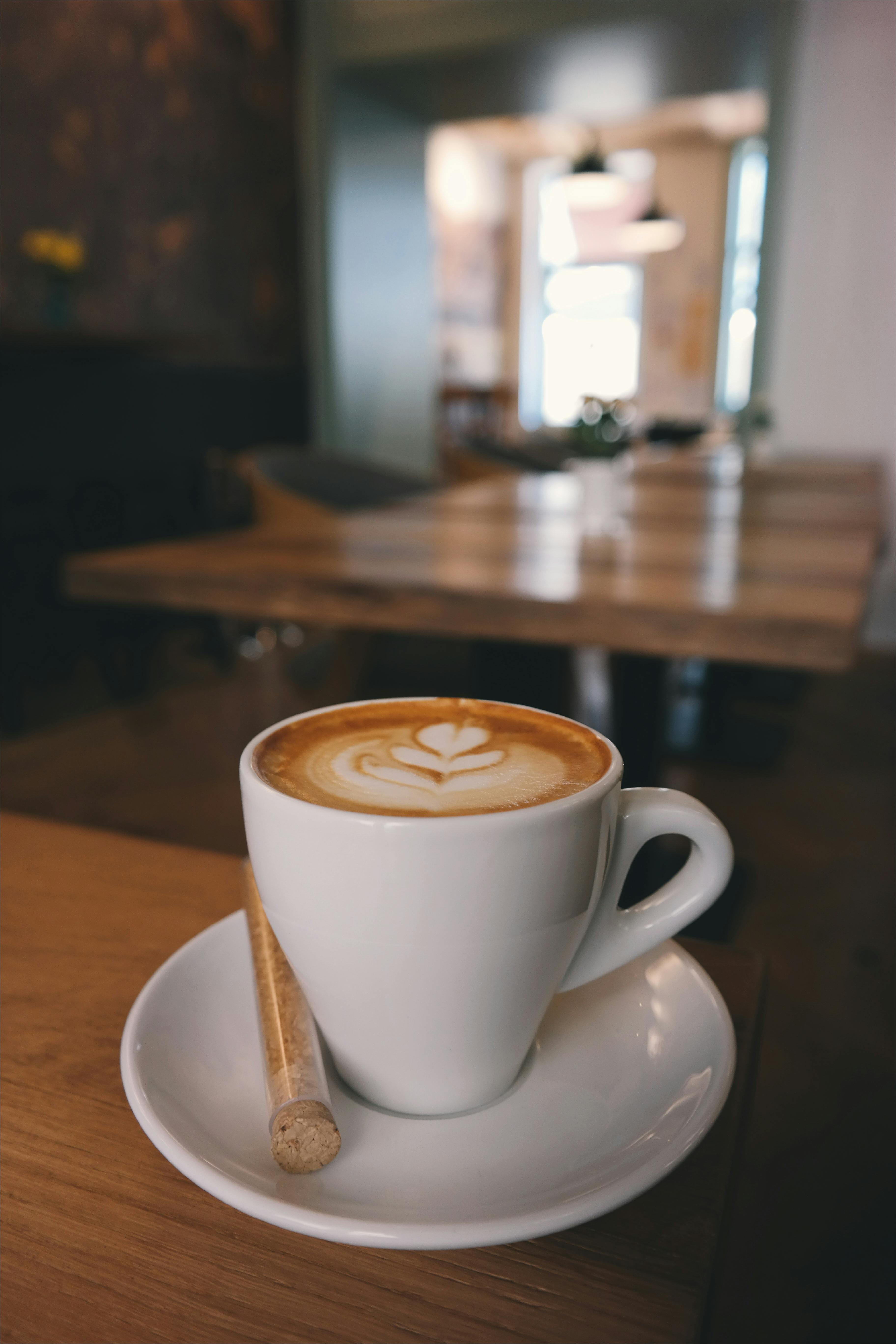
Coffee Cup · Free Stock Photo
Place 32 of grams ground coffee into the filter. Zero the scale. 5. Pour 60 to 70 grams of hot filtered water (205° F) in a circular motion to cover the grounds. Wait 45 seconds. 6. Pour the rest.

FileWhite cup filled with coffee.jpg
One cup of brewed black coffee with no cream or sugar added (240g) provides 2.4 calories, 0.3g of protein, 0g of carbohydrates, and 0g of fat. Coffee is a source of potassium and magnesium. The following nutrition information is provided by the USDA. Calories: 2.4.
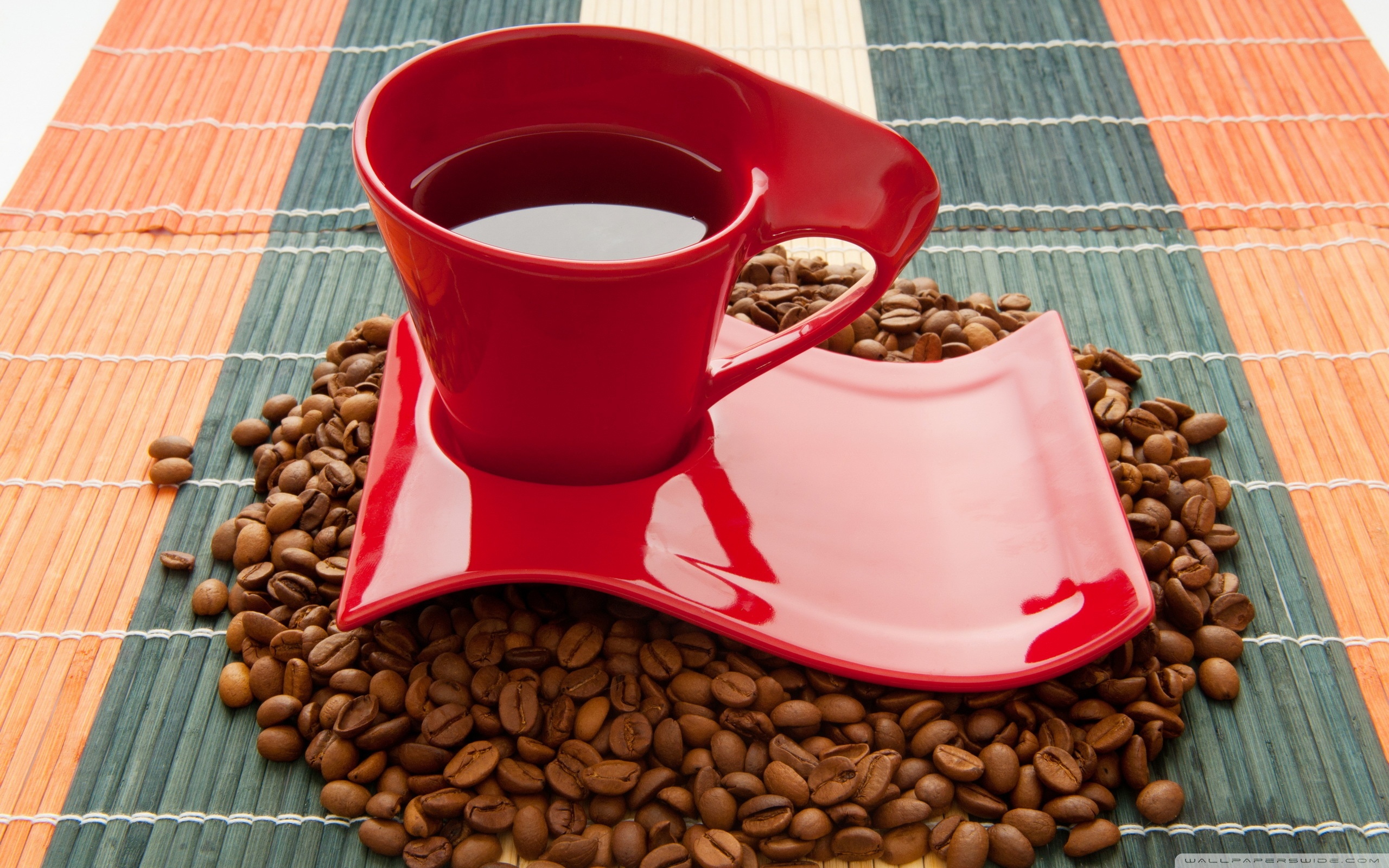
Red Coffee Cup Wallpaper Cups and Dishes Wallpaper (28466310) Fanpop
Pour the rest of the water from just above the filter cone, evenly across the grounds. Pour at a steady rate and aim to run out of water in about 2 minutes 30 seconds. Wait for the rest of the water to drip through, about 20-60 seconds. 3. Drip brew with a coffee maker. There's nothing to this method.

Cup of coffee Coffee Photo (17731301) Fanpop
According to the Dietary Guidelines for Americans, it's safe for most women to drink three to five cups of coffee a day with a maximum intake of 400 milligrams of caffeine. (Caffeine content can vary depending on the type of coffee, but an average 8-ounce cup has 95 milligrams.) But if you're pregnant or breastfeeding, the rules are different.

Cultivating Community How to Get Fair Trade, Organic, and Shade Grown
This article takes an in-depth look at 9 of the top evidence-based benefits of coffee. 1. Boosts energy levels. Coffee contains caffeine, a central nervous system stimulant that is known for its.
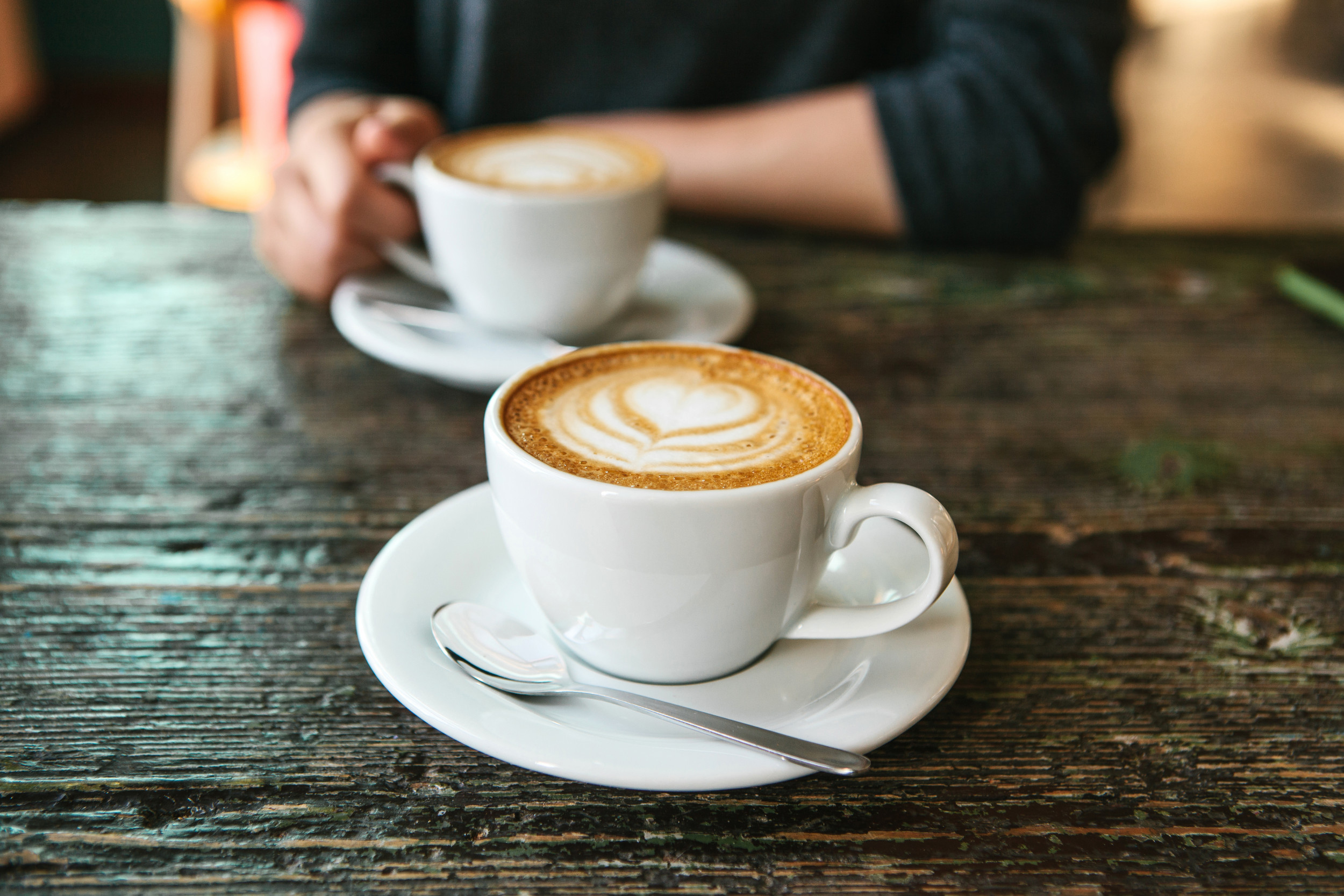
Does Coffee Cause Cancer? Scientists Study How Drink Affects Risk
Magnesium. Plant chemicals: polyphenols including chlorogenic acid and quinic acid, and diterpenes including cafestol and kahweol. One 8-ounce cup of brewed coffee contains about 95 mg of caffeine. A moderate amount of coffee is generally defined as 3-5 cups a day, or on average 400 mg of caffeine, according to the Dietary Guidelines for Americans.
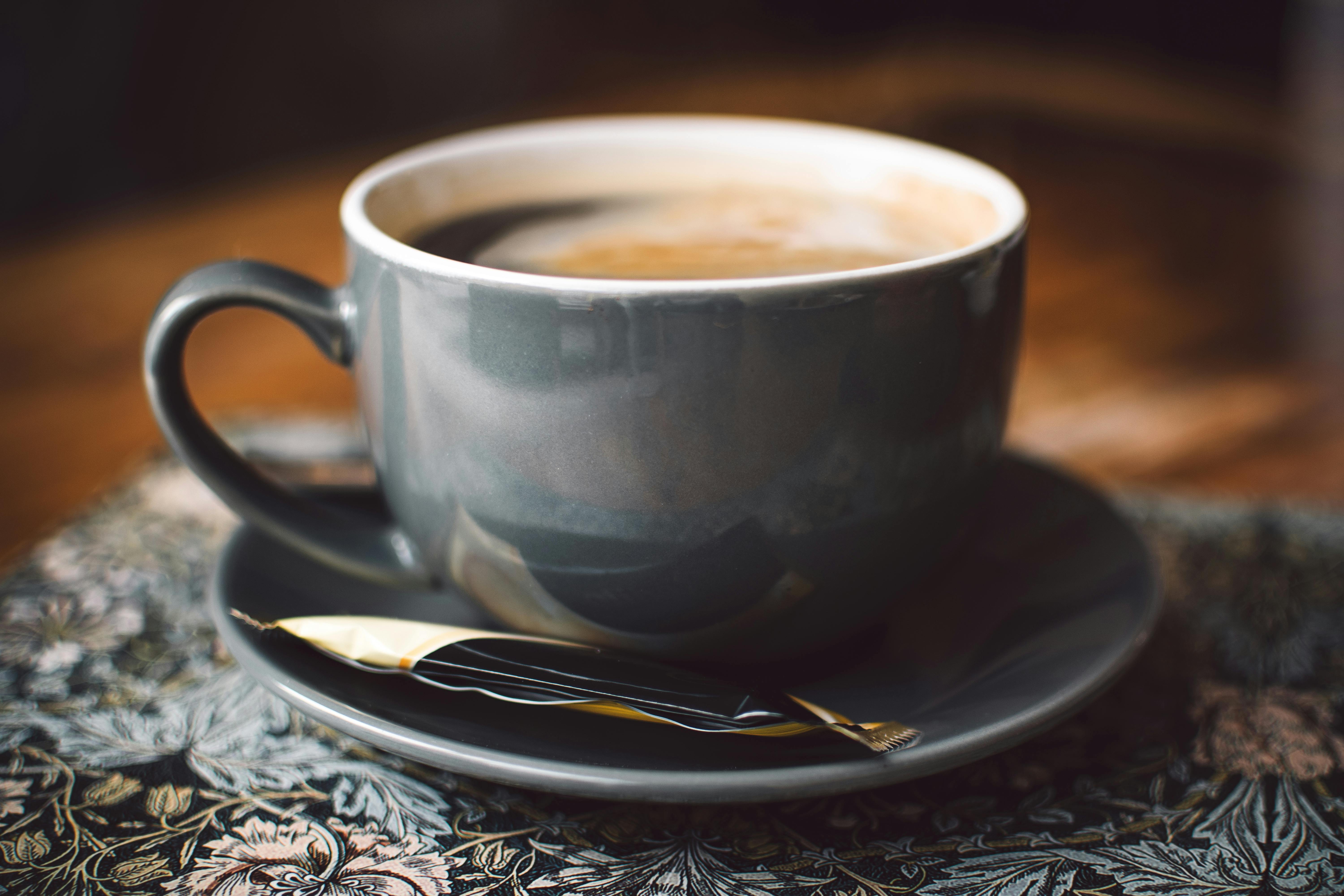
Free stock photos of coffee cup · Pexels
French Press. The French press is a simple, elegant, and easy-to-use tool for making a delicious cup of coffee. It works by soaking ground coffee directly in hot water, which you then separate.
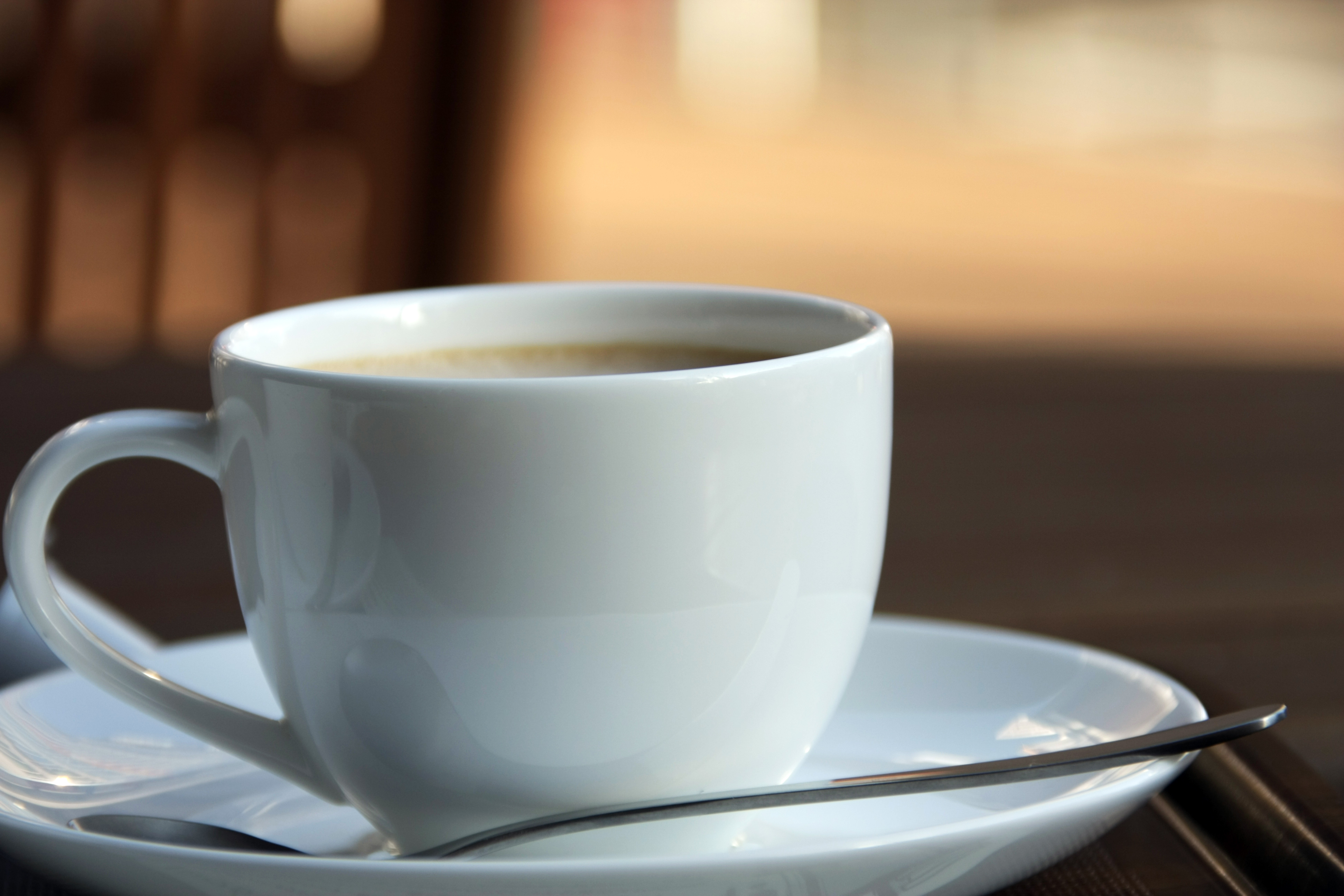
FileA time for a cup of coffee.jpg Wikimedia Commons
"The perfect cup of coffee is the one you enjoy," says Areli Barrera de Grodski, co-owner of Little Waves Coffee Roasters and Cocoa Cinnamon coffee shop in Durham, North Carolina.